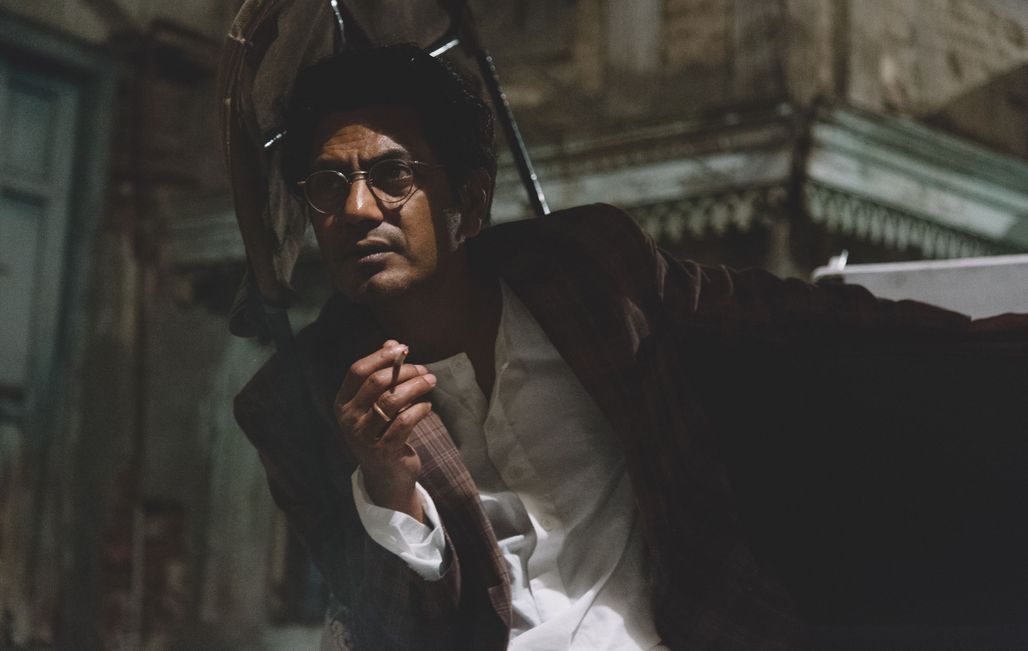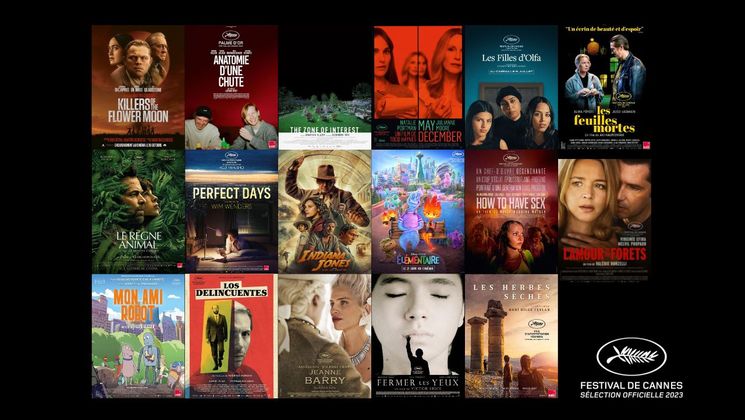
Manto as seen by Nandita Das

Nandita Das is a unique figure in Indian cinema. Not only a prolific actress, the director is part of the emerging generation fighting to create an independent cinema in the land of Bollywood. Having lent her voice to the Feature Film Jury in 2005 and the Short Film Jury in 2013, she now presents her second film, Manto, named after the great Indian author to whom she pays tribute.
What inspired you to begin work on this film?
I first read Manto when I was in college. A few years later, I bought the complete original works and was struck by his simple yet profound narratives. I knew his short stories and for years I wanted to capture them on film, even before I made my directorial debut, Firaaq (2008). But it was in 2012, the year of his centenary celebration, that his essays became popular and much was written about him. This made me want to delve into the person Manto was. As I plunged deeper into Manto’s life, I wondered why he seemed so familiar. Soon I realized that it felt like I was reading about my father, an artist. He too is intuitively unconventional, a misunderstood misfit, with a bluntness not that different from that of my protagonist.
Tell us about your working methods and the atmosphere on set.
Many of the Lahore scenes were shot in a small town in Gujarat, a state in western India. In fact, the first day saw 250 villagers facing the camera for the first time in a refugee camp scene. They would look into the camera or give beautiful innocent smiles when they were meant to look fatigued and distressed! We had a actor-singer star, Gurdaas Mann, who had graciously agreed to do a cameo as the lead in that scene. Every time he got it right, there was somebody looking right into the lens. 45ºC heat, and a six-year-old child latching on to his director-mother didn’t make things any easier. The rest of the 10 days, my son and I stayed in the town where we were shooting while the crew stayed in hotels about an hour away. For me, working in this manner was the most interesting challenge and at the same time, a learning experience.
Please share a few words about your actors.
I always had Nawazuddin Siddiqui in mind while writing Manto. Firaaq, my directorial debut was Nawaz’s first significant role in a feature film. In 2013 at Cannes, when I was in the short film jury and he was attending the festival for Monsoon Shootout, I told him about the film. He was excited, and assured me that he would give all the time and commitment to it, whenever it happened. They say if you get casting right, 70% of your job is done, and with Nawazuddin that’s exactly what happened. He has an incredible range as an actor, but intrinsically Manto lies somewhere in his eyes – it was almost an obvious choice.
What are your views on the state of the film industry in your country?
Cinema is the primary form of entertainment in India and will continue to be so because of the many theatres, growing reach of TV channels and new digital platforms. However, from my perspective as an independent storyteller it's still difficult to make films that don't follow the commercial template. The diversity in stories that independent cinema could bring is still not happening due to economics interfering with art.


